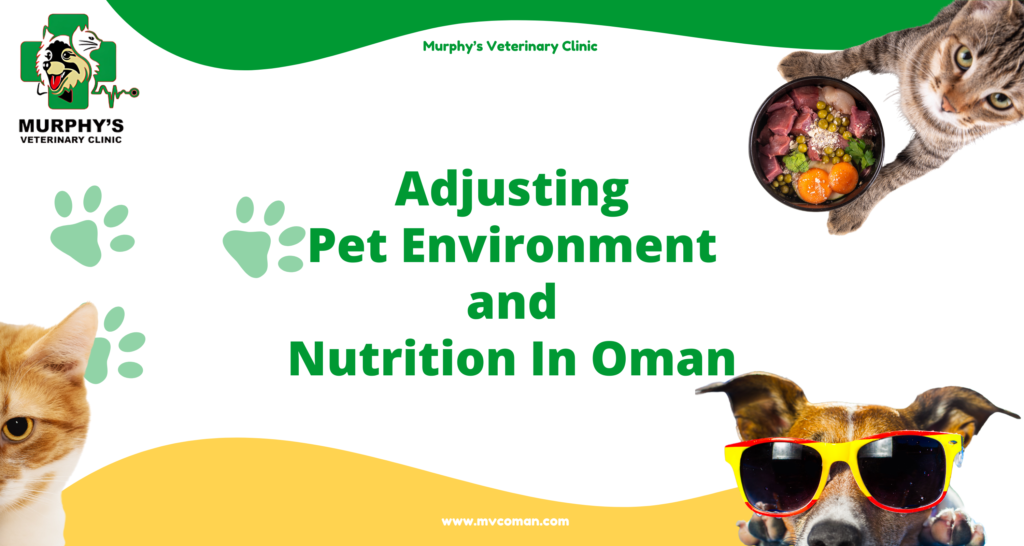Health & General Care, Special Care
Adjusting Pet Environment and Nutrition In Oman
In today’s world, proper care for pets under changing weather conditions has become a critical concern. The Guide to Adjusting Pet Environment and Nutrition Based on Weather Conditions can be a valuable resource for pet owners in regions like Oman, where high temperatures and humidity are common. Providing seasonally appropriate nutrition, creating a safe and calming environment, and understanding pet behavior in response to the climate are essential for their health. Due to the extreme heat during summer and high humidity in certain months, pet owners in Oman must follow precise guidelines for environmental and nutritional adjustments. This article, titled Guide to Adjusting Environment and Nutrition Based on Weather Conditions, is designed to help you make the best choices for your pet. It offers practical, scientific, and actionable insights based on veterinary experience and the specific needs of animals living in Oman’s climate. By following these tips, you can prevent seasonal illnesses and improve your pet’s quality of life.
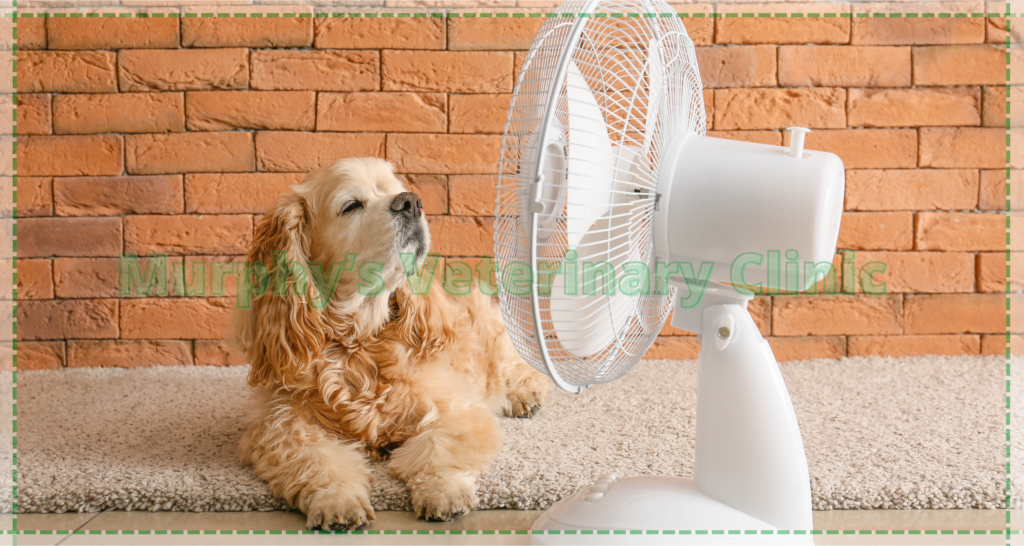
Adjusting Environment to Prevent Pet Heatstroke in Oman
In Oman’s hot climate, creating a cool and safe environment for pets is vital. Pet heatstroke in Oman is one of the most dangerous seasonal threats. Using proper ventilation, shade structures, and smart scheduling for outdoor activities plays a crucial role in prevention. Windows should be covered, and pets should be kept away from sun-exposed areas. Always provide cool, fresh drinking water. These actions significantly reduce the chances of pet heatstroke in Oman.
- Limit outdoor walks: Take walks in the early morning or late evening.
- Cool indoor spaces: Use fans or AC units without direct airflow on the pet.
- Check outdoor surfaces: Hot pavement can burn paws.
- Install wall or ceiling fans: Improve air circulation in enclosed areas.
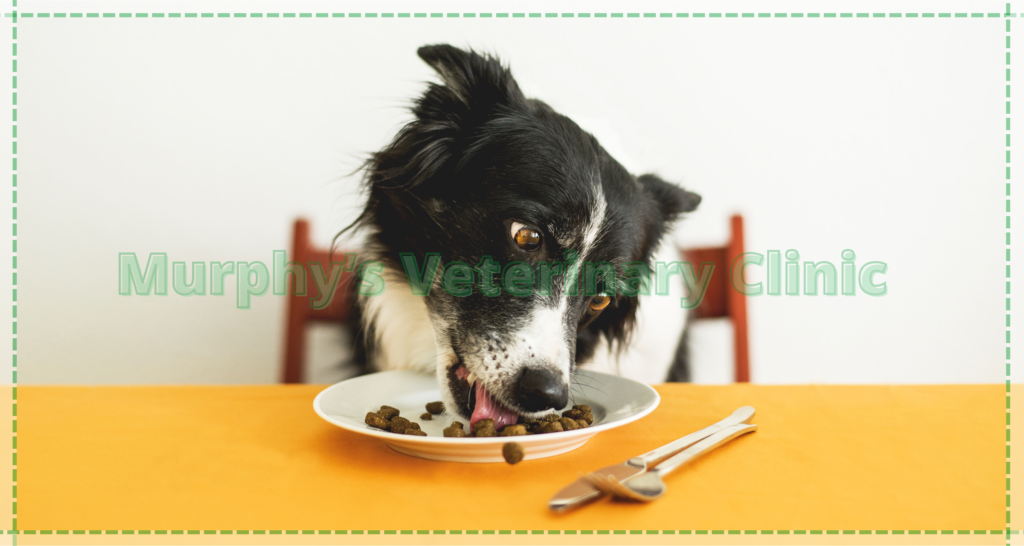
Adjusting Feeding Plans in Hot and Humid Conditions for Pet Heatstroke in Oman
During hot and humid seasons, pet digestion becomes more sensitive. Tailoring a proper diet is key to maintaining health during these periods. Dry food can lead to dehydration, while semi-moist and fresh food is often a better option. Adding crushed ice to water and using hydrating foods like cucumber and watermelon (for dogs) is recommended—only with vet approval. Poor feeding choices can contribute to pet heatstroke in Oman.
- Reduce heavy animal proteins: Too much protein in the heat adds strain to the body.
- Split meals: Offer multiple small meals instead of two large ones.
- Hydrating foods: Use zucchini, cucumber, or apple (seedless).
- Natural supplements: Electrolyte-rich supplements when needed.
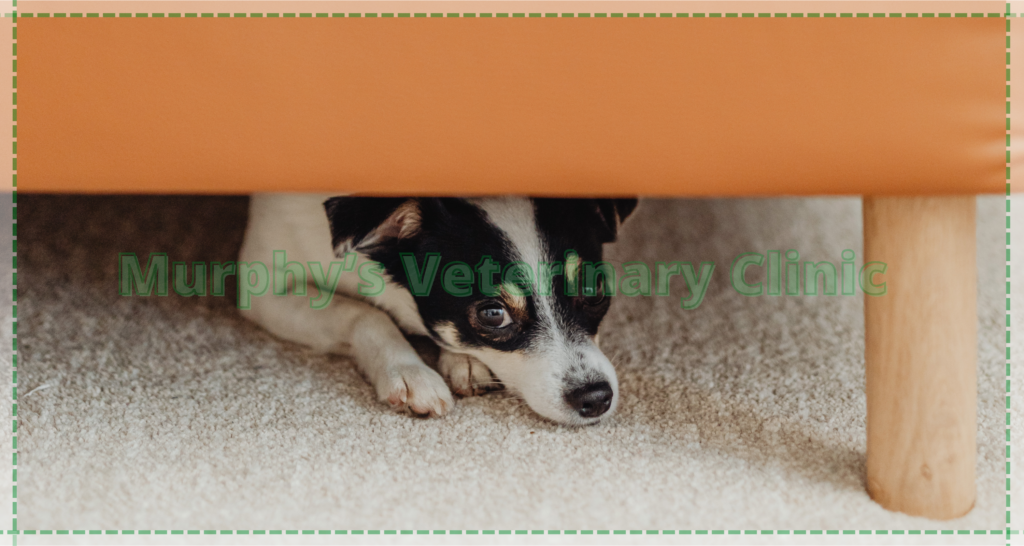
How Weather Conditions Affect Pet Behavior in Oman
Just like humans, pets react differently to temperature changes. Pet heatstroke in Oman may show up as lethargy or aggression. In summer, pets are often less active and may sleep more. Loss of appetite, whining, hiding, or heavy panting are warning signs that shouldn’t be ignored. Understanding these behaviors allows you to act quickly and avoid emergencies.
Common Behavioral Changes and Suggested Responses
| Observed Behavior | Possible Cause | Suggested Action |
| Loss of appetite | Excessive heat | Cool environment, dietary adjustment |
| Hiding under furniture | Anxiety or heatstroke | Improve ventilation, consult a vet |
| Constant panting | Early sign of heatstroke | Immediate body cooling, clinic visit |
| Unusual aggression | Heat-induced irritability | Review food and body condition |
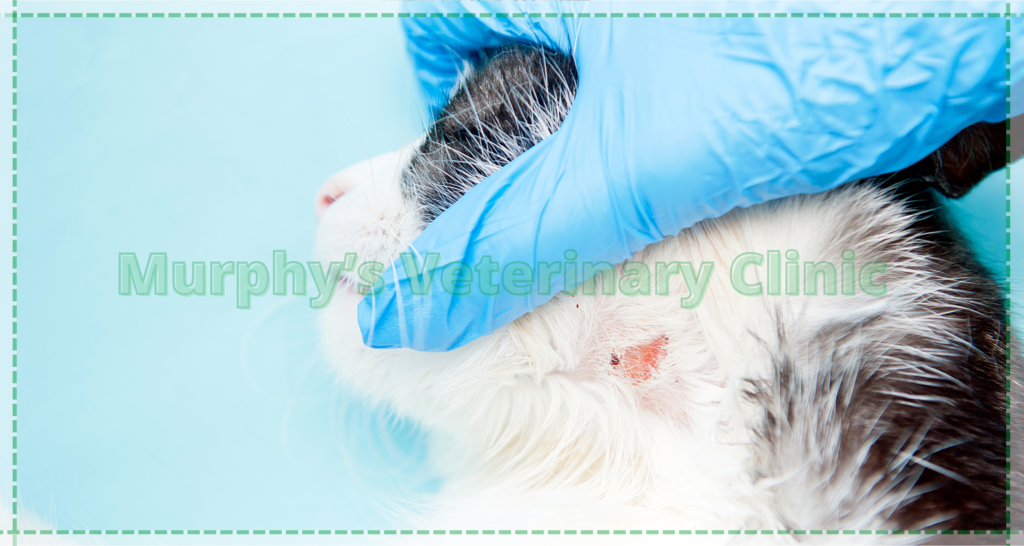
Role of Humidity in Causing Skin Problems in Pets in Oman
High humidity in parts of Oman creates a perfect environment for fungal and bacterial growth. This leads to skin issues such as inflammation, fur loss, or ear infections in pets. Pet heatstroke in Oman isn’t the only risk; humidity is equally dangerous. Thorough drying after baths, using the right shampoo, and keeping the space ventilated are key to prevention.
- Complete drying after baths: Prevent fungal infections.
- Humidity-specific pet shampoo: Maintains skin pH balance.
- Regular ear cleaning: Prevents moisture-related infections.
- Disinfect bedding areas: Stops the spread of fungal spores.
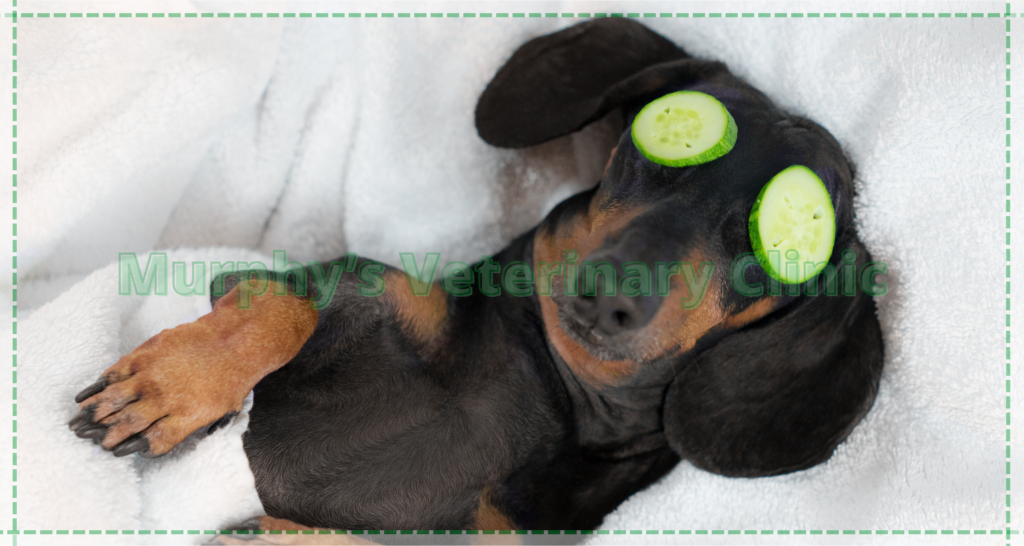
Adjusting Sleeping Conditions for Pets in Oman’s Summer
During hot summer days, pets need a cool, soft sleeping area away from direct sunlight. Pet heatstroke in Oman often occurs during rest, as the body doesn’t respond quickly while inactive. Cooling pads, shaded sleep zones, and proper ventilation are essential actions.
Proper Sleeping Setup by Season
| Season | Ideal Sleeping Conditions | Special Recommendation |
| Summer | Cool area, away from sunny windows | Gel or cooling pads |
| Spring | Naturally ventilated and airy | Easy access to outdoor shaded areas |
| Autumn | Warm and dry location | Add a lightweight blanket |
| Winter | Cozy, warm spot with thick bedding | Avoid exposure to cold drafts |
Conclusion
By following the tips outlined in this Guide to Adjusting Pet Environment and Nutrition Based on Weather Conditions, you can prevent many weather-related health issues for your pets. The key point is realizing that pets cannot express their needs like humans, so it’s up to their owners to understand and respond with care and awareness. Focusing on nutrition, behavior, humidity, sleep, and environmental changes all contribute to preventing pet heatstroke in Oman . Applying these simple yet essential principles will not only enhance your pet’s well-being but also deepen your emotional bond with them. Remember, proper care requires love and responsibility.
Murphy’s Veterinary Clinic is a specialized facility for pet care and maintenance that can support you in evaluating your home environment and creating the right diet plans for Oman’s climate. With a professional team, modern diagnostic tools, and deep regional experience, the clinic provides personalized programs for nutrition and environmental management. Routine check-ups, skin screenings, and preventive advice are among the services that can help reduce the risk of pet heatstroke in Oman and keep your furry friends safe year-round.


